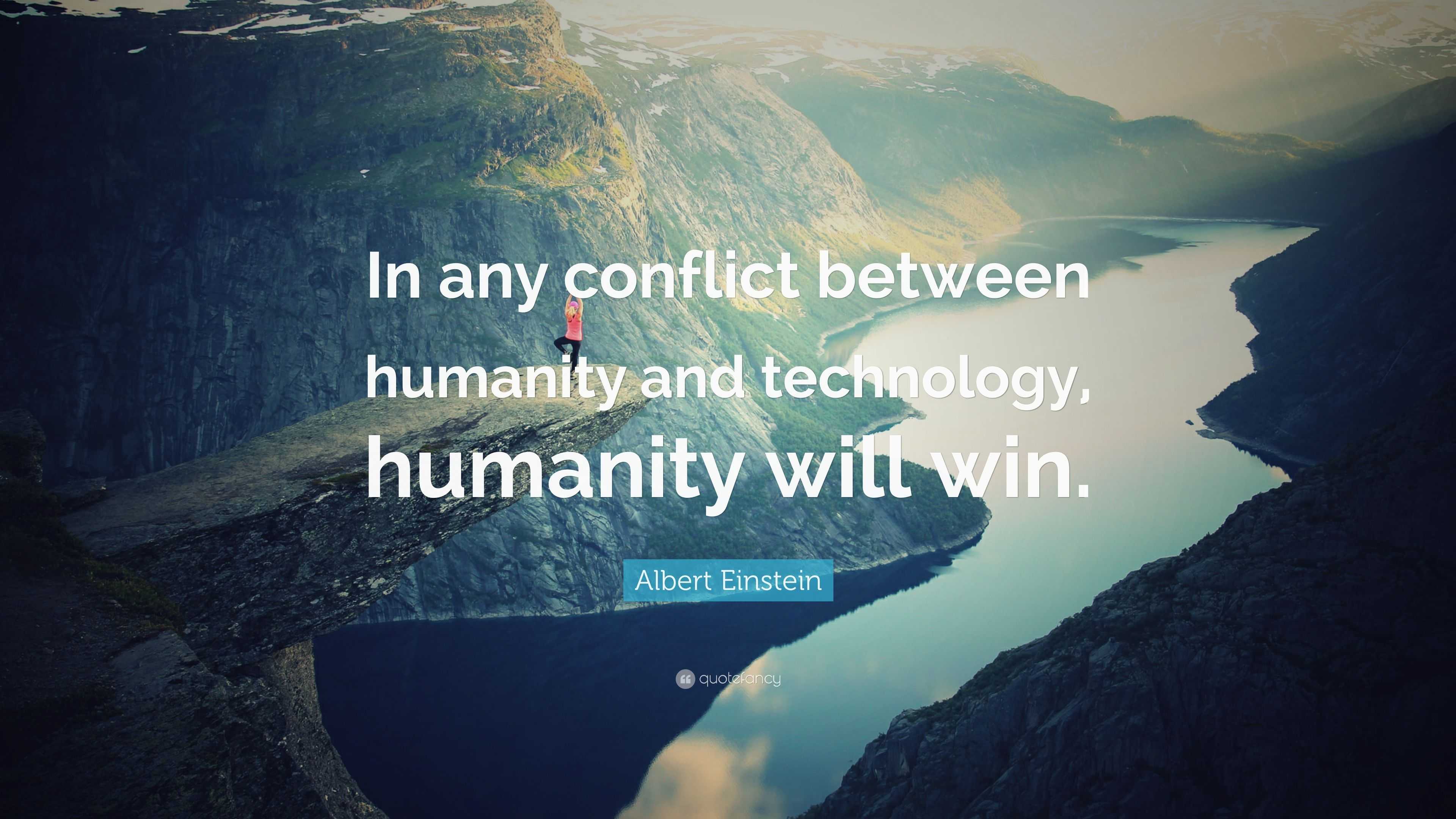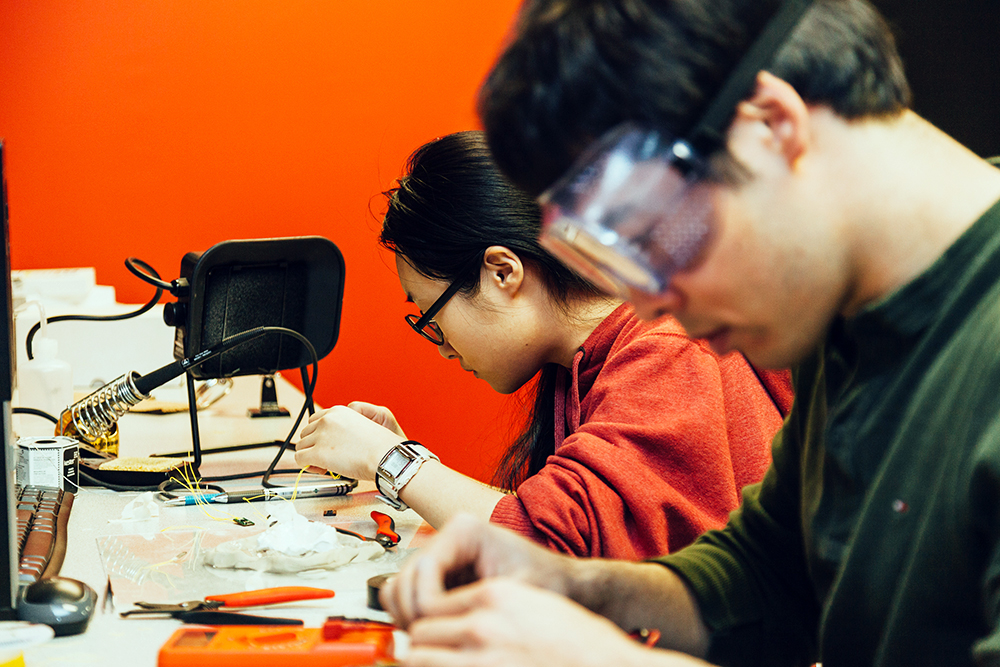In an era defined by rapid technological advancements, the chasm between human experience and digital innovation often appears insurmountable. However, visionaries like Dustin Harris are working relentlessly to bridge this gap. As a thought leader, entrepreneur, and advocate for ethical technology, Harris is at the forefront of integrating human values into the tech landscape. This article examines his work, philosophy, and impact on the intersection of technology and humanity.
Understanding the Digital Divide
The digital divide refers to the disparities in access to digital technologies, which can exacerbate existing inequalities. In a world where technology shapes social interactions, education, and even job opportunities, the gap can have far-reaching implications. Harris recognizes that technology should not only be accessible but also equitable and human-centric.
The Importance of Human-Centric Design
Human-centric design is a philosophy that places users’ needs, experiences, and emotions at the core of the technological development process. This approach challenges the conventional viewpoint that prioritizes efficiency and profit over human experience. Harris emphasizes the significance of designing technology that resonates with users on a personal level, ensuring that it serves not just as a tool but as an enhancement of everyday life.
- Empathy in Design: Harris advocates for incorporating empathy into the design process. Understanding users’ feelings and pain points leads to solutions that are more effective and meaningful.
- Inclusivity: Technology should cater to diverse populations, including those with disabilities. For example, Harris has worked on projects that implement accessibility features, ensuring that everyone can benefit from technological advancements.
- User Feedback: Continuous feedback from users is crucial. Harris encourages companies to adopt agile methodologies that prioritize user input and iterate designs based on real-world experiences.
Case Studies: Harris’s Impact in Action

Dustin Harris’s influence can be seen through various initiatives and projects that embody his vision of merging technology with humanity. Here are a few notable examples:
1. Tech for Good Initiatives
Harris has been instrumental in launching initiatives that utilize technology to address social issues. One such project is the “Tech for Good” initiative, which focuses on leveraging tech solutions to tackle challenges like poverty, education, and healthcare.
- Education: By developing platforms that facilitate online learning, Harris has helped bridge educational gaps, particularly in underserved communities.
- Healthcare: His work in telemedicine has made healthcare more accessible, allowing patients in remote areas to receive consultations from specialists.
2. Ethical AI Development
As artificial intelligence becomes more pervasive, ethical considerations are paramount. Harris has been a vocal advocate for responsible AI development, emphasizing the need for transparency, accountability, and fairness in algorithms.
- Bias Mitigation: Harris has spearheaded projects aimed at identifying and alleviating biases in AI systems, ensuring that technology serves all demographics fairly.
- Public Awareness: He conducts workshops and seminars, raising awareness about the ethical implications of AI and encouraging responsible use among developers and businesses.
The Role of Community Engagement

For Dustin Harris, community engagement is not just an afterthought; it is a fundamental component of technological development. He believes that involving the community in the creation process fosters a sense of ownership and ensures that the solutions developed are relevant and impactful.
Building Technology Ecosystems
Harris works towards creating technology ecosystems that bring together stakeholders from various sectors, including government, academia, and industry. These collaborations facilitate the sharing of knowledge and resources, amplifying the impact of tech solutions.
- Hackathons: Organizing hackathons allows diverse groups to come together and brainstorm solutions for pressing societal issues.
- Partnerships: Collaborating with non-profits and community organizations helps to ensure that technological solutions are aligned with the needs of the communities they aim to serve.
The Future of Technology and Humanity
As we look to the future, the role of leaders like Dustin Harris will become increasingly crucial. The pace of technological change is accelerating, and the need for a balanced approach that respects human values is more pressing than ever. Harris emphasizes several key areas that will shape the future of technology and humanity:
1. Sustainability
Harris advocates for sustainable technology practices that minimize environmental impact. This includes developing energy-efficient systems and promoting the circular economy.
2. Lifelong Learning

In a rapidly changing job market, continuous education and skills development are essential. Harris promotes platforms that provide ongoing learning opportunities, empowering individuals to adapt to new technologies.
3. Enhancing Mental Well-being

Recognizing the potential negative impacts of technology on mental health, Harris is dedicated to creating solutions that promote well-being. This includes apps and platforms focused on mindfulness and mental health support.
Statistics That Support the Need for Human-Centric Technology
Understanding the impact of technology on society is crucial. Here are some statistics that underscore the importance of human-centric approaches:
- According to a 2021 Pew Research study, 61% of Americans believe that technology has a mostly positive effect on society, but 37% express concern about its impact on social interactions.
- A report by McKinsey found that companies that prioritize user experience see a 10-15% increase in customer satisfaction and loyalty.
- Research shows that inclusive design can lead to increased market share; companies that embrace accessibility generate 28% higher revenue than those that don’t.
Conclusion: A Vision for the Future
Dustin Harris’s work exemplifies the critical intersection of technology and humanity. By prioritizing empathy, inclusivity, and ethical considerations, he is setting a precedent for how technology should evolve in a way that serves everyone. As we face the challenges and opportunities presented by rapid technological advancements, it is essential to remember that technology should enhance, not diminish, the human experience. In a world increasingly dominated by digital interactions, the insights and initiatives driven by leaders like Harris will be paramount in ensuring a future that is not only technologically advanced but also deeply humane.